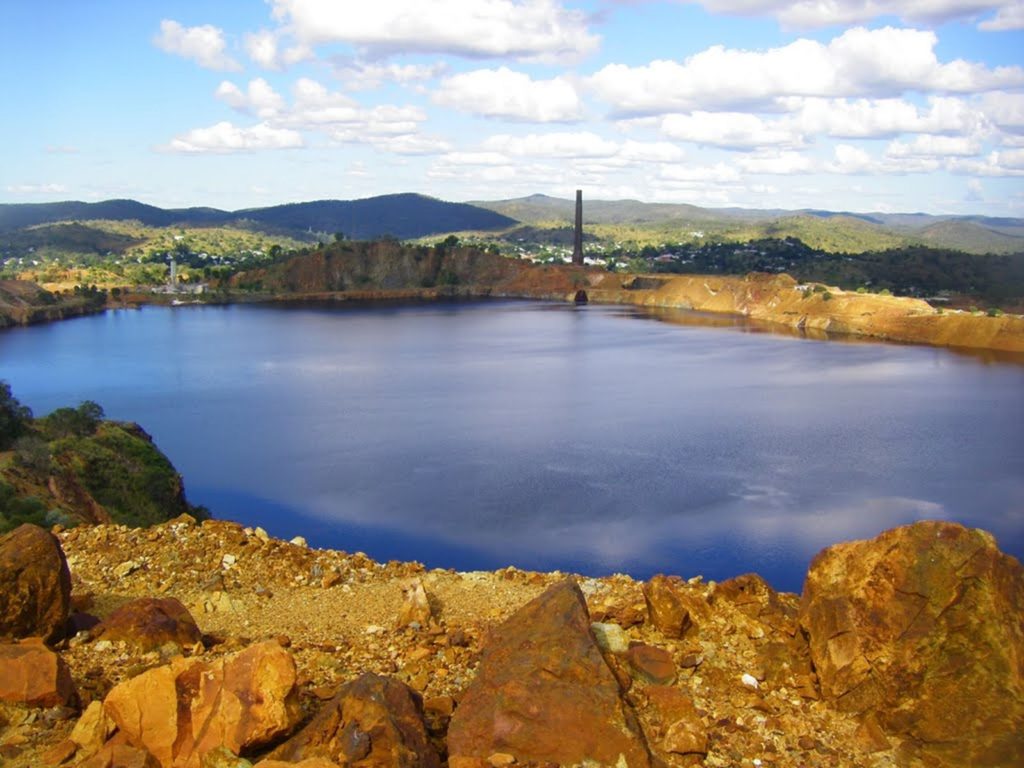The International Atomic Energy Agency (IAEA) is launching 4-year Coordinated Research Project (CRP) to improve capability and expertise among Member States to use environmental isotope techniques to assess hydrological processes and impacts to guide and inform optimal water resources management around mining operations. Three types of mines will be covered in the CRP; new mines (in the planning stage), active (working) mines, and historical (not currently active) mines.
The IAEA states: “Tailings can often pose a threat to aquatic ecosystems via contaminant discharges, such as acid drainage, and toxic metals, or through tailings impoundment failures, which can result in a range of negative environmental, social and economic consequences. Most mines require large and secure water supplies for their operations sourced from nearby groundwater, rivers, streams and lakes, or from commercial water service suppliers, creating added strain on local water resources.”
The statement continues: “Inhabitants in the vicinity of mining operations are often concerned about the availability of ground and surface water for local use, security of water access, and the potential for water supply contamination. In many countries, water is highly regulated, and permits specify the amounts of water that may be used or discharged in mining operations. Governments play a key role in restricting consumptive water use in various mining operations. Nevertheless, the use of limited potable water supplies for mining operations can lead to tensions and conflicts. Therefore, accurately quantifying the water budget of mining operations is crucial to mitigate, prevent, and improve best management practices for water and tailings management. Stable isotopes and radioisotopes of water and chemicals in and around mine operations are used to help fingerprint and trace water origin, age, flow, and the complex hydrological phenomena that relate to water availability and impact on water quality.”
The stated objective of the CRP is to test and develop capabilities and nuclear methodologies based on the use of isotope hydrology tools for efficient water resources assessment and management in the mining areas in Member States. Specific research aims include:
- To identify and characterise sources and dynamics of utilised ground and surface water in mining areas at local/regional scales using environmental isotopes complemented with conventional techniques;
- To assess mine water discharge as a vector for contaminant transport, with special emphasis on acid mine drainage in the vicinity of mining areas;
- To assess water resource availability to ensure all stakeholders are not negatively impacted by mining operations; and
- To develop best practice guidelines on integrating environmental isotopes and other indicators into assessment of hydrological processes for efficient water resources management in mining areas.











